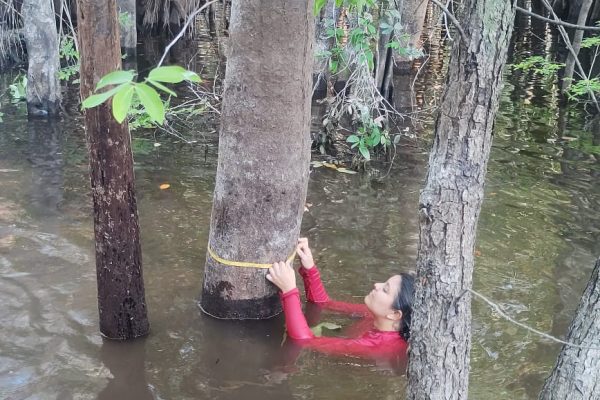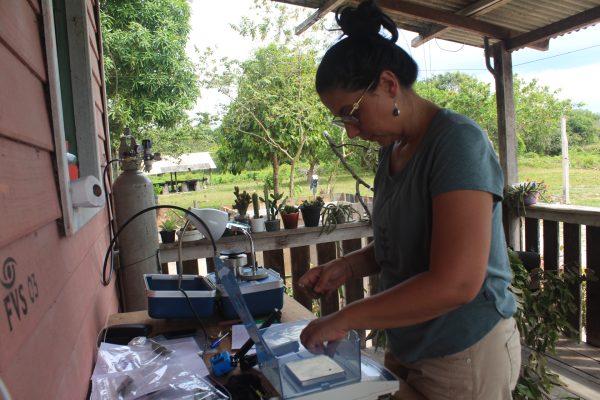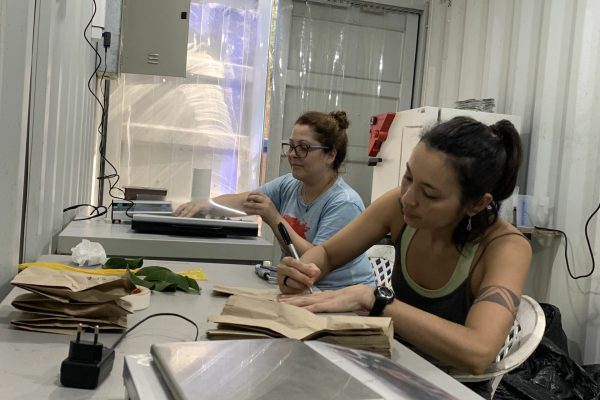Abstract
222Radon (222Rn) is a short-lived radioactive noble gas (half-life time T1/2 = 3.8 days), which is produced in all soils from the radioactive decay of 226Radium (226Ra), a member of the primordial 238Uranium decay series. 222Rn is the first gaseous constituent in this series and therefore has a chance of escaping from the (unsaturated) soil zone into the atmosphere. The exhalation rate of 222Rn from continental surfaces depends on the soil properties, mainly 226Ra content, grain size distribution, porosity, and moisture content. The 222Rn flux from (ocean) water surfaces is negligible compared to that from continental soils; therefore, the atmospheric 222Rn activity concentration can serve as a (qualitative) tracer to distinguish continental from marine air masses. If the continental 222Rn exhalation rate and its spatial and temporal distribution are known, 222Rn can also serve as a quantitative tracer for atmospheric boundary layer mixing and transport model validation.
Owing to its applicability as atmospheric transport tracer, 222Rn observations are recommended by the World Meteorological Organisation as supplementary measurement component at regional and global atmospheric observatories. At ATTO 222Rn is not measured directly but via its progeny 214Polonium, using the Heidelberg Radon Monitor. The short-lived 214Po is bound to aerosols, which are accumulated on a static filter from which its a-decay is measured in situ with a surface barrier detector. Atmospheric 222Rn activity concentration is then calculated based on assumptions on the secular equilibrium between 222Rn and its progeny in the atmosphere. 214Po observations at ATTO started at the end of 2018.
Team
- Ingeborg Levin, Institute of Environmental Physics, Heidelberg University, Heidelberg, Germany
- Dr. Santiago Botia, Max Planck Institute for Biogeochemistry, Jena, Germany
- Maxym Gachkivskyi, Institute of Environmental Physics, Heidelberg University, Germany





